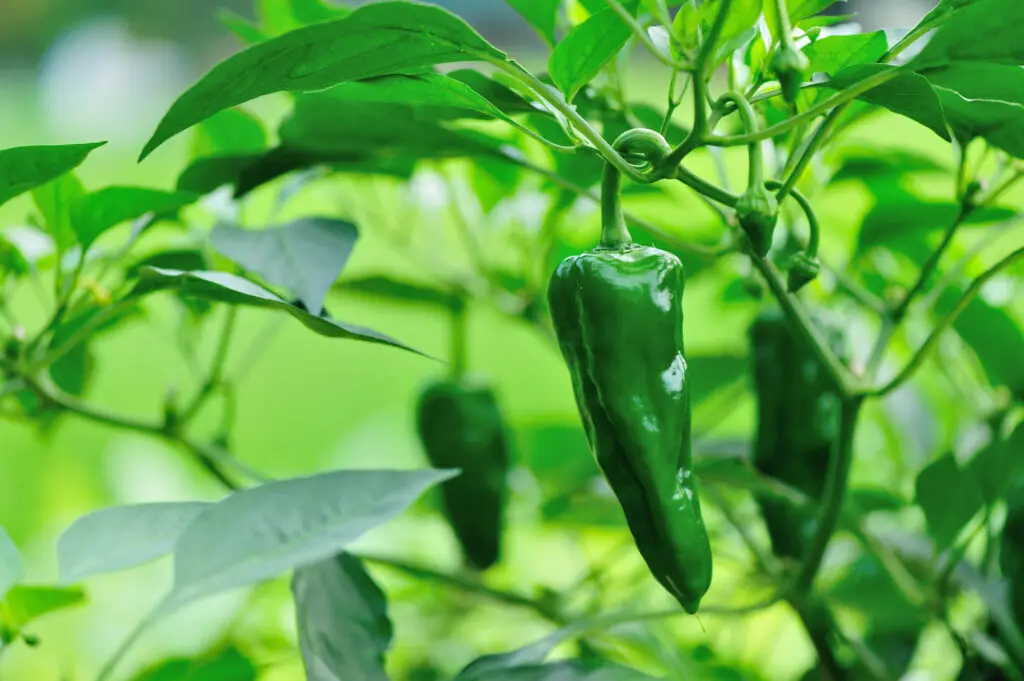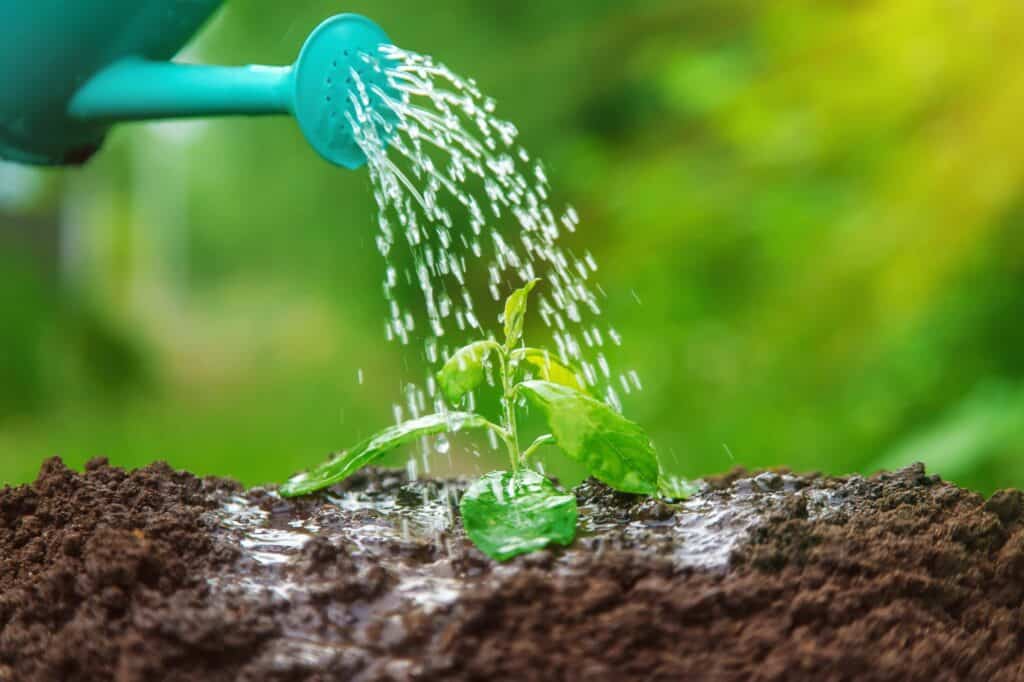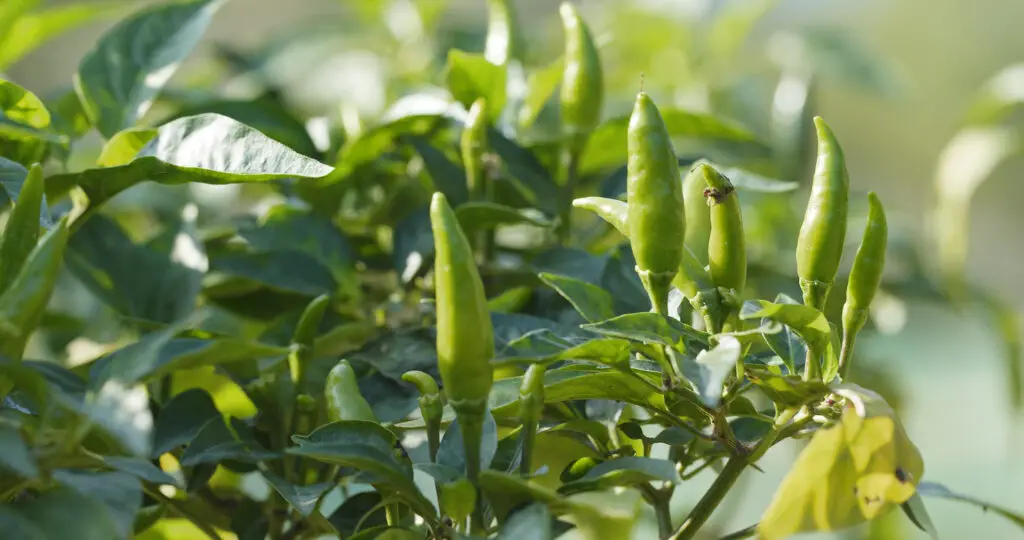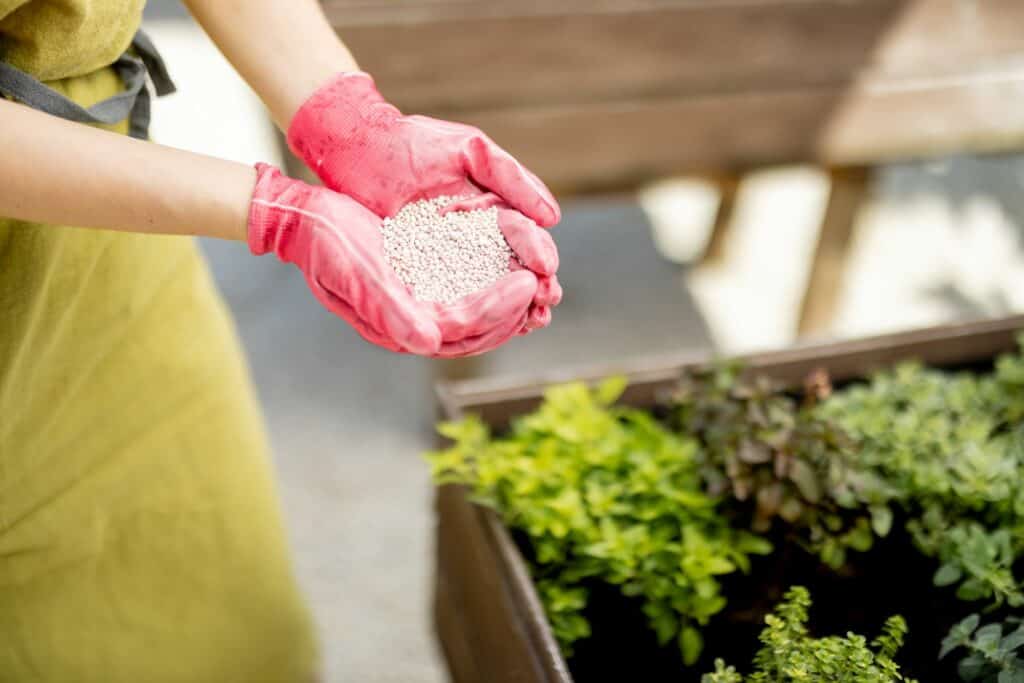Pepper plant leaves turning yellow with brown spots can be a frustrating experience for any gardener. Yellow leaves and brown spots are often an indication of an underlying issue with the plant that needs to be addressed. Identifying the cause of yellow leaves and brown spots is crucial to preventing further damage to the plant.
There are several common causes of yellow leaves and brown spots on pepper plants, including overwatering, underwatering, nutrient deficiencies, pests, and diseases.
Some of the most common diseases that cause yellow leaves and brown spots on pepper plants include bacterial spot, anthracnose, and verticillium wilt. Identifying the specific disease or pest that is affecting the plant is important in determining the best course of treatment.
Key Takeaways
- Identifying the cause of yellow leaves and brown spots is crucial to preventing further damage to the plant.
- Overwatering, underwatering, nutrient deficiencies, pests, and diseases are common causes of yellow leaves and brown spots on pepper plants.
- Identifying the specific disease or pest that is affecting the plant is important in determining the best course of treatment.
Check out these other related posts:
- Peach Tree Leaves Turning Yellow with Brown Spots
- Yellow Leaves and Brown Spots on Peace Lily Plant
- Orange Tree Leaves Turning Yellow with Brown Spots
Identifying Yellow Leaves and Brown Spots

Yellow leaves and brown spots are common issues that pepper plant growers face. These symptoms can be caused by a variety of factors, including disease, pests, and infestations. It is important to identify the underlying cause of these symptoms to prevent further damage to the plant.
Symptoms of Disease
Yellow leaves with brown spots can be a sign of disease in pepper plants. One common disease that causes these symptoms is bacterial leaf spot. This disease is caused by the bacteria Xanthomonas campestris and can cause severe damage to pepper plants.
In addition to yellow leaves with brown spots, bacterial leaf spot can also cause black lesions on the stems and fruit of the pepper plant. The bacteria can be spread through water, wind, and insects, so it is important to remove infected plants and practice good sanitation practices to prevent the spread of the disease.
Pests and Infestation
Yellow leaves with brown spots can also be caused by pests and infestations. One common pest that causes these symptoms is the spider mite. Spider mites are tiny insects that feed on the leaves of the pepper plant, causing yellowing and brown spots.
Another common pest that causes these symptoms is the pepper weevil. This insect feeds on the fruit of the pepper plant, causing damage and discoloration. Infestations of aphids and thrips can also cause yellow leaves and brown spots on pepper plants.
To prevent pest infestations, it is important to practice good sanitation practices and regularly inspect plants for signs of damage. In severe cases, it may be necessary to use insecticides to control the infestation.
Pepper Plant Leaves Turning Yellow with Brown Spots – 4 Common Problems
Yellowing leaves with brown spots on pepper plants are a common problem that gardeners face. The following are some of the most common causes of this issue:
1. Nutrient Deficiency
Pepper plants require a balanced supply of nutrients to grow and produce healthy fruit. A lack of nutrients, particularly nitrogen, potassium, and calcium, can cause yellowing leaves with brown spots.
Nitrogen deficiency can cause yellowing of the older leaves, while potassium deficiency can cause yellowing of the younger leaves. Calcium deficiency can cause brown spots on the leaves and fruit. Gardeners can add fertilizers to the soil to provide the necessary nutrients for healthy plant growth.
2. Overwatering

Overwatering is another common cause of yellowing leaves with brown spots on pepper plants. When the soil is constantly wet, the roots of the pepper plant can become waterlogged, leading to root rot.
Root rot can cause yellowing and wilting of the leaves and can eventually kill the plant. Gardeners should avoid overwatering their pepper plants and only water when the soil is dry to the touch.
3.. Sunlight
Pepper plants require plenty of sunlight to grow and produce fruit. However, too much direct sunlight can cause sunscald, which can lead to yellowing leaves with brown spots. Gardeners should provide their pepper plants with partial shade during the hottest part of the day to prevent sunscald.
4. Pests and Diseases
Several pests and diseases can cause yellowing leaves with brown spots on pepper plants. Aphids, mites, caterpillars, slugs, psyllids, mealybugs, and scale are common pests that can damage pepper plants.
Diseases such as leaf spot, bacterial spot, and mosaic virus can also cause yellowing leaves with brown spots. Gardeners should inspect their pepper plants regularly for signs of pests and diseases and take appropriate measures to control them.
Specific Diseases and Pests
Yellowing of pepper plant leaves with brown spots can be caused by various diseases and pests. In this section, we will discuss some of the most common diseases and pests that affect pepper plants.
Bacterial Infections
Bacterial leaf spot, caused by Xanthomonas campestris pv. vesicatoria, is a common bacterial infection that causes yellowing of pepper plant leaves with brown spots. The bacteria spread through splashing water, wind, and insects.
Infected leaves may also develop water-soaked lesions that turn brown and dry out. The disease can be controlled by removing infected plant parts, avoiding overhead irrigation, and applying copper-based fungicides.
Viral Diseases

Mosaic virus is a viral disease that causes yellowing of pepper plant leaves with brown spots. The virus is spread by aphids and other insects. Infected leaves may also develop a mosaic pattern of light and dark green patches.
There is no cure for mosaic virus, and infected plants should be removed to prevent the spread of the disease.
Fungal Infections
Anthracnose, powdery mildew, and stem rot are fungal infections that can cause yellowing of pepper plant leaves with brown spots. Anthracnose causes circular, sunken lesions on leaves, stems, and fruit.
Powdery mildew appears as a white powdery coating on leaves and stems. Stem rot causes the stem to rot at the soil line. These diseases can be controlled by removing infected plant parts, avoiding overhead irrigation, and applying fungicides.
Pest Infestations
Aphids, spider mites, and thrips are common pests that can cause yellowing of pepper plant leaves with brown spots. These pests feed on the sap of the plant, causing the leaves to turn yellow and develop brown spots.
Infested plants may also have distorted growth and reduced yields. These pests can be controlled by removing infected plant parts, spraying the plants with insecticidal soap or neem oil, and introducing beneficial insects such as ladybugs and lacewings.
Treatment and Prevention
Yellow leaves with brown spots on pepper plants can be a sign of various problems, including insect infestations, diseases, and environmental stress. Fortunately, there are several treatment and prevention strategies that can help revive the plants and prevent further damage.
Using Neem Oil and Other Insecticides
One of the most common causes of yellow leaves with brown spots on pepper plants is insect infestation. Insects such as aphids, spider mites, and whiteflies can suck the sap from the leaves, causing them to turn yellow and brown. To combat these pests, gardeners can use neem oil or other insecticides.
Neem oil is a natural insecticide that is derived from the neem tree. It works by disrupting the insect’s hormonal balance, preventing it from feeding and reproducing.
To use neem oil, mix it with water according to the package instructions and spray it on the affected leaves. Other insecticides that can be effective against aphids and spider mites include insecticidal soap and horticultural oil.
Proper Watering and Fertilizing

Another common cause of yellow leaves with brown spots on pepper plants is improper watering and fertilizing. Overwatering or underwatering can lead to stress on the plant, causing the leaves to turn yellow and brown. Similarly, using too much or too little fertilizer can also cause yellow leaves with brown spots.
To prevent fertilizer burn and ensure that the plants are getting the nutrients they need, gardeners should use a balanced fertilizer and follow the package instructions for application. Additionally, they should make sure to water the plants deeply and consistently, allowing the soil to dry out slightly between waterings.
Prevention Strategies
Preventing yellow leaves with brown spots on pepper plants is often easier than treating them. Some prevention strategies include:
- Good air circulation and ventilation around the plants to prevent fungal diseases.
- Mulching around the plants to retain moisture and prevent weed growth.
- Using covers to protect the plants from extreme weather conditions.
- Regularly inspecting the plants for signs of insect infestation or disease and taking action immediately.
Growing Healthy Pepper Plants
Proper Plant Care
Pepper plants are relatively easy to grow, but they do require some care to thrive. To grow healthy pepper plants, gardeners should start by planting them in the right location.
Pepper plants need plenty of sunlight, so they should be planted in a location that gets at least 6-8 hours of direct sunlight each day. They also need to be watered regularly, but not overwatered, as this can lead to root rot and other problems.
In addition to proper sunlight and watering, gardeners should also make sure to keep their pepper plants free of pests and diseases. This can be done by regularly inspecting the plants for signs of damage or disease, and by using natural pest control methods such as companion planting and beneficial insects.
Choosing the Right Soil and Fertilizer
Pepper plants need well-draining soil that is rich in nutrients. Gardeners should choose a soil that is high in organic matter, such as compost or well-rotted manure. They should also add a slow-release fertilizer to the soil before planting, and then fertilize the plants regularly throughout the growing season.
When choosing a fertilizer for pepper plants, gardeners should look for one that is high in nitrogen, phosphorus, and potassium, as these are the key nutrients that pepper plants need to grow and produce fruit.
They should also choose a fertilizer that is specifically formulated for pepper plants, as this will ensure that the plants get the right balance of nutrients.
Proper Sunlight and Watering

Pepper plants need plenty of sunlight to grow and produce fruit. Gardeners should plant their pepper plants in a location that gets at least 6-8 hours of direct sunlight each day. They should also make sure to water the plants regularly, but not overwater them, as this can lead to root rot and other problems.
To water pepper plants properly, gardeners should water deeply and infrequently, rather than giving the plants a little bit of water every day. This will encourage the plants to develop deep roots, which will help them to better withstand drought and other stressors.
Frequently Asked Questions
How to fix yellow leaves on pepper plants?
Yellow leaves on pepper plants are often a sign of either under-watering or a lack of nutrients in the soil. To fix yellow leaves on pepper plants, make sure to water them regularly and adequately. Additionally, provide them with the necessary nutrients by fertilizing the soil with a balanced fertilizer.
Why are my peppers turning yellow?
Peppers turning yellow can be caused by a variety of reasons. One of the most common reasons is water stress, which can be caused by either under-watering or over-watering. Another reason is a lack of nutrients in the soil. Additionally, pests and diseases can also cause peppers to turn yellow.
How do you treat brown spots on pepper leaves?
Brown spots on pepper leaves can be treated by removing the affected leaves and spraying the plant with a fungicide. Additionally, make sure to water the plant adequately and avoid getting water on the leaves, which can promote the growth of fungal diseases.
How do you fix yellow pepper leaves?
To fix yellow pepper leaves, make sure to water the plant regularly and adequately. Additionally, provide the plant with the necessary nutrients by fertilizing the soil with a balanced fertilizer. If the yellow leaves persist, check for pests and diseases and treat them accordingly.
What causes pepper plant leaves to turn yellow?
Pepper plant leaves can turn yellow due to a variety of reasons, including water stress, nutrient deficiencies, pests, and diseases. It is important to identify the underlying cause of yellowing leaves to properly treat the plant.
Why do my pepper plants leaves have brown spots?
Brown spots on pepper plant leaves can be caused by a fungal disease called bacterial leaf spot. This disease is common in peppers and can be treated by removing the affected leaves and spraying the plant with a fungicide. Additionally, avoid getting water on the leaves, which can promote the growth of fungal diseases.

Hey, I’m Lisa and I’ve been an avid gardener for over 30 years. I love writing, talking and living in the garden! Feel free to connect with me on my socials below


